As technology has evolved, so have the ways we charge our devices. Two of the most popular types of chargers on the market today are USB-C and wireless chargers. And in 2025, the debate over USB-C vs wireless chargers—which charges faster? is more relevant than ever. In this article, we’ll compare the USB-C charger speed and wireless charging efficiency in 2025 to help you determine which option best suits your needs.
USB-C and Wireless Charging: How Do They Differ?
First things first, let’s touch on what differentiates these two options. USB-C is a charging method that utilizes cables to transfer power to your device. It’s a popular option that has been around for a while and is often praised for its speed, compatibility with multiple devices, and versatility.
Conversely, you don’t need a cable to charge your phone wirelessly. Instead, a wireless charger utilizes magnetic induction to transfer power from a charging pad to your device. So if you hate fumbling with cables, this can be a great option for you. It’s a simple way of powering your device and definitely the future of recharging.
USB-C or Wireless Fast Charging in 2025: Pros and Cons
In the USB-C or wireless fast charging in 2025 debate, both methods bring their own set of advantages and limitations. Let’s break it down.

Pros of Wired Charging
1.Faster Charging – If you're short on time and need a quick battery boost, wired chargers—especially fast-charging USB-C cables—are your best bet.
2.Consistent Every Time – No need for positioning; just plug it in and charge your phone.
3.Budget-friendly – Wired chargers are cheaper and more readily available compared to wireless chargers.
The Drawbacks of Wired Charging
1.Cables Wear Out – The repeated plugging and unplugging can wear out both the cable and the charging port on your device over time.
2.Less Convenient – Dealing with cables, especially when on the road or charging multiple devices, can be a hassle.
3.Clutter Issues – Several cables can create clutter on your nightstand or workspace.
Pros of Wireless Charging
1.Super Convenient – All you have to do is place your phone on a charging pad and that’s it—no worrying about tangled wires or degraded connectors.
2.Less Wear and Tear – The charging port of your phone will stay in pristine condition for longer because you're not constantly plugging and unplugging.
3.Cleaner Setup – Without the clutter of cables, your space will look aesthetically appealing and organized.
The Drawbacks of Wireless Charging
1.Slower Speeds – When it comes to wireless charging efficiency in 2025, the technology has come a long way, but it still lags behind wired chargers in terms of speed.
2.Precise Positioning is Needed – Your device needs to be aligned correctly on the charging pad, or it may not charge at all.
3.Energy Loss – Wireless charging is not always as efficient as wired charging, and some energy is lost as heat.
The Verdict: Which Charging Option Should you go for?
Ultimately, the USB-C charger speed in 2025 is still the champion when it comes to fast charging. USB-C is faster, energy-efficient, and compatible with a wide range of devices including laptops, tablets, and phones.
However, if convenience over speed is your biggest concern, then wireless charging might be a better choice. Wireless chargers are ideal for quick casual top-ups throughout the day. They are perfect if you do not mind waiting a tad bit longer for a fully charged battery.
But whether you prefer the raw speed of USB-C or the ease of wireless charging, it’s all a matter of getting the right charger for your lifestyle.
For the fastest and most reliable chargers, be sure to check out our USB-C chargers and wireless chargers.
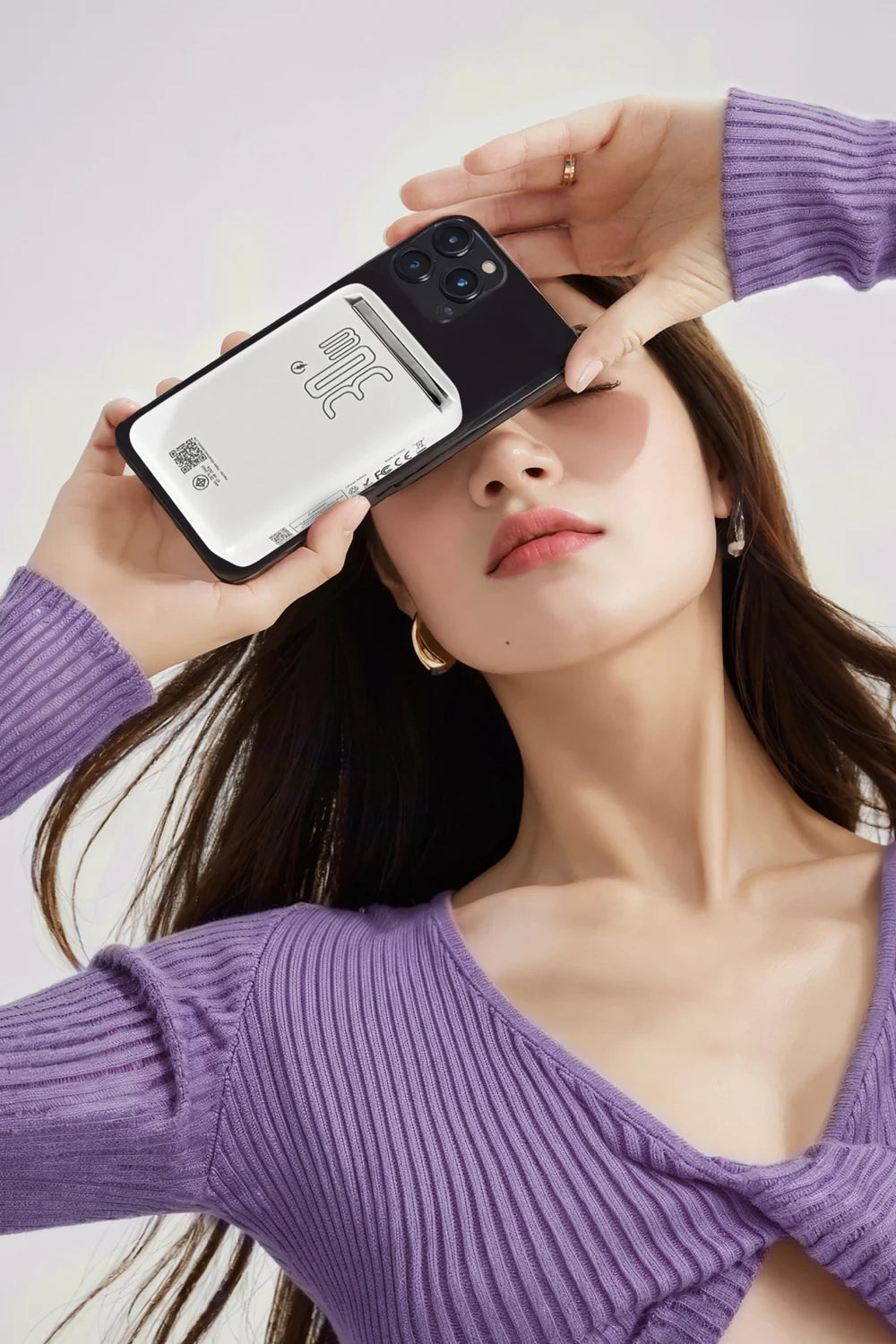
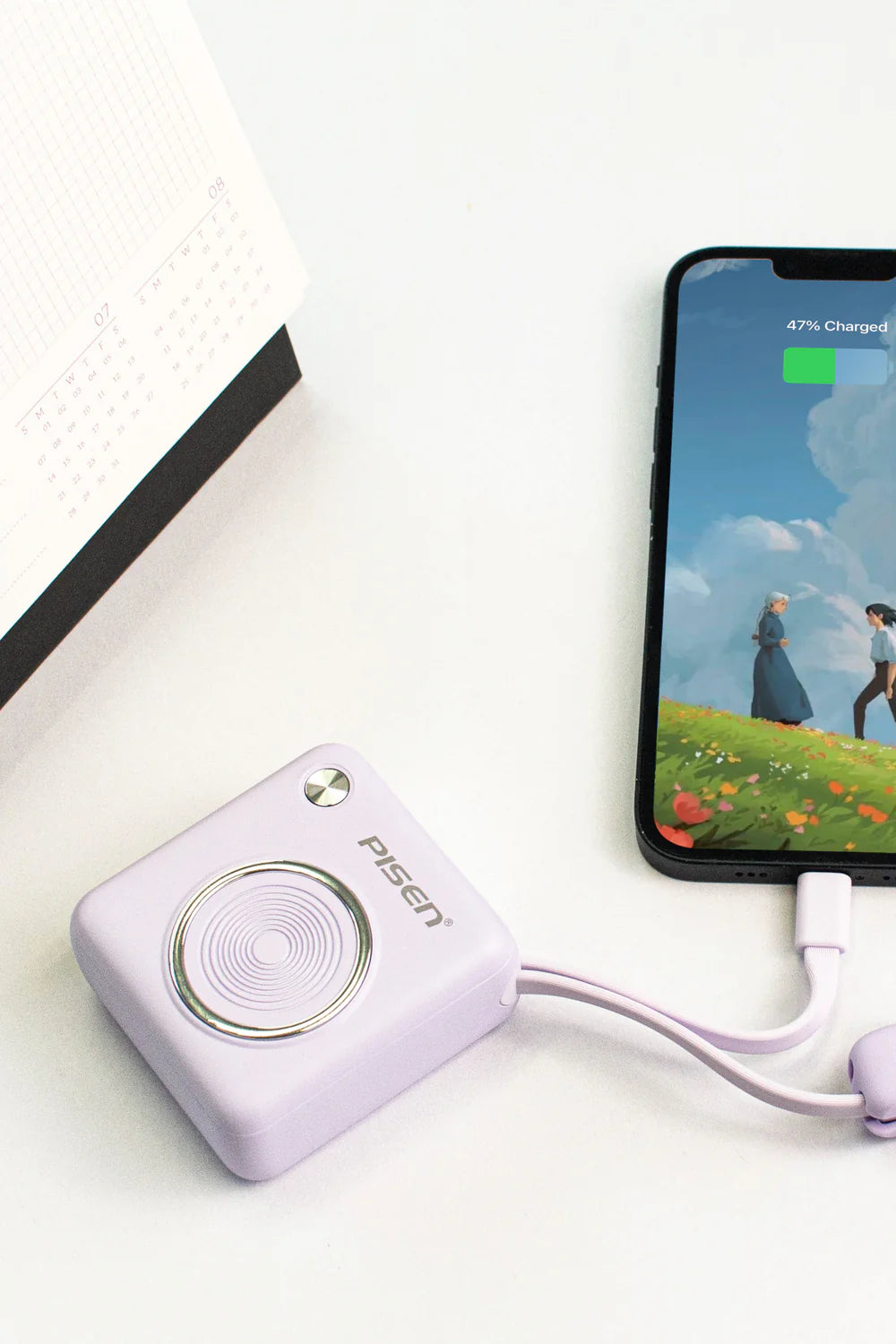
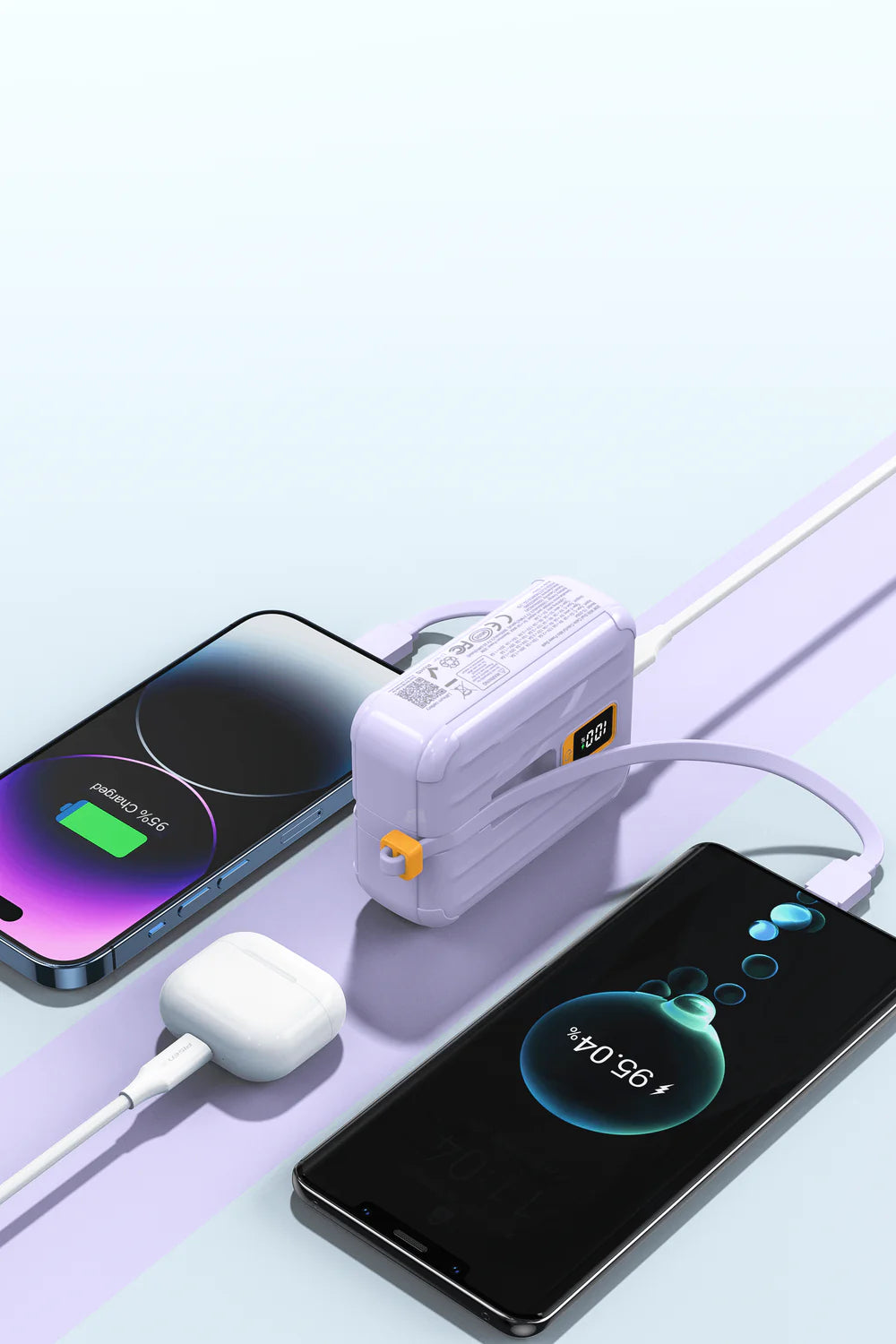
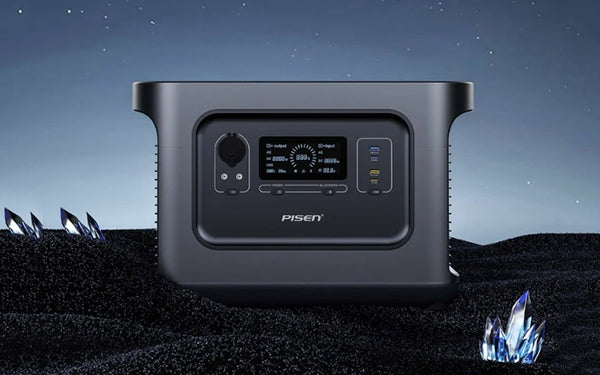
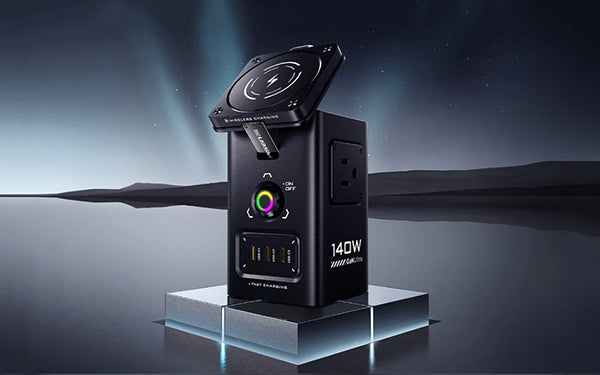
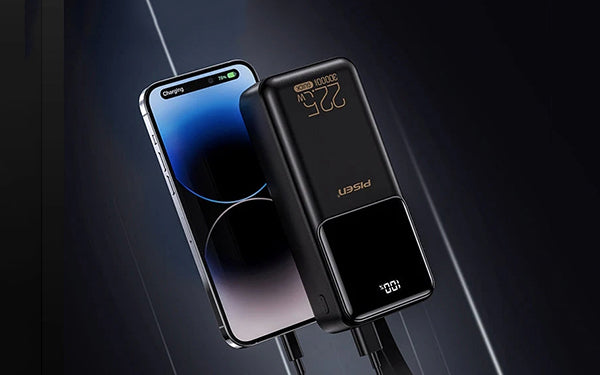
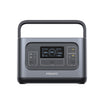
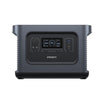

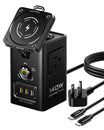
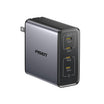
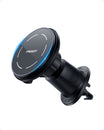
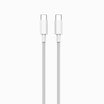
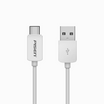
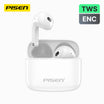
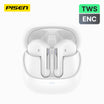
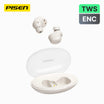
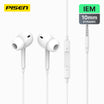
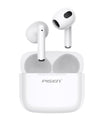
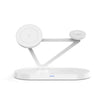
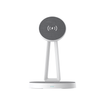
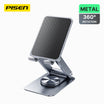
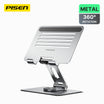
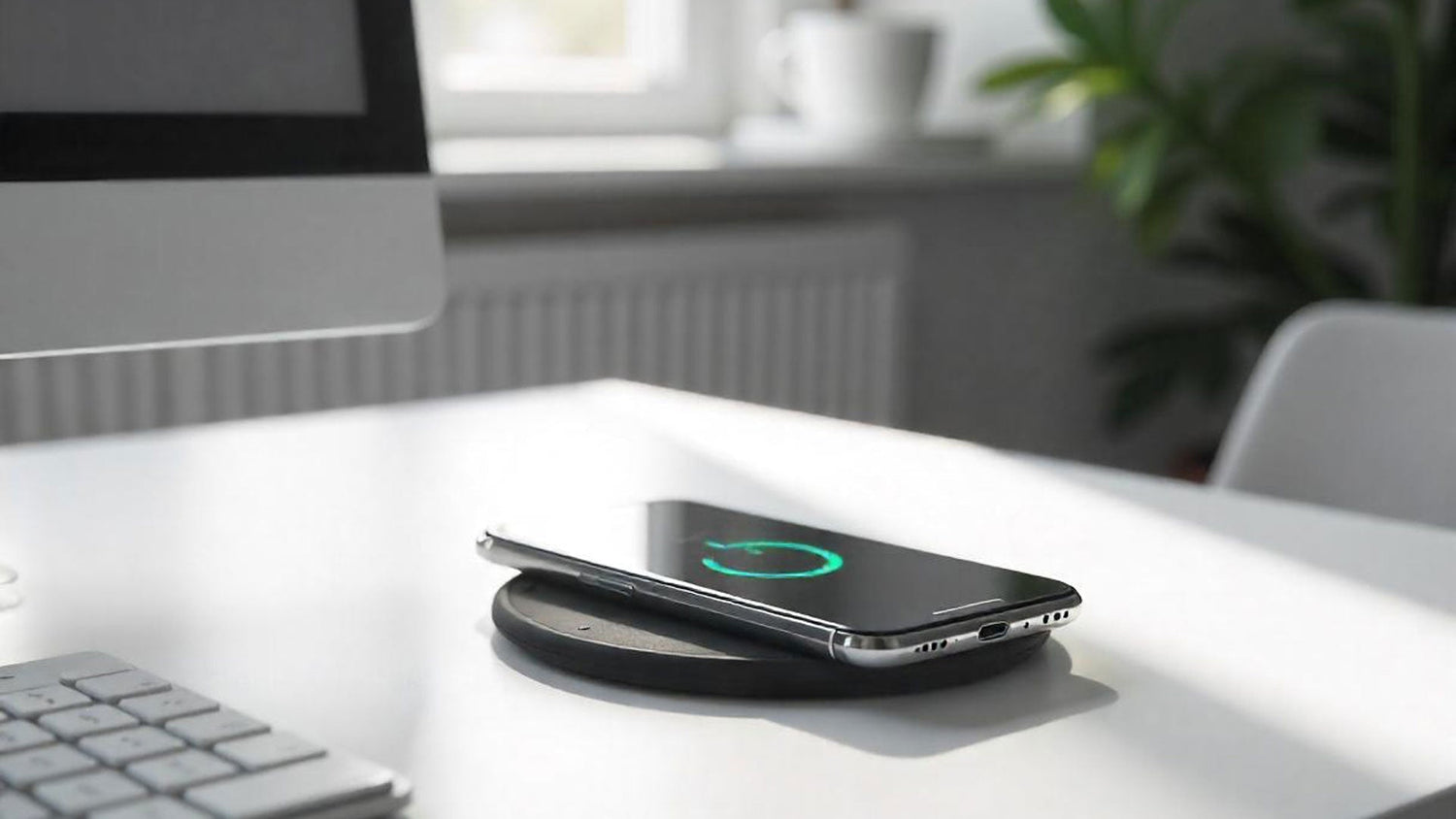
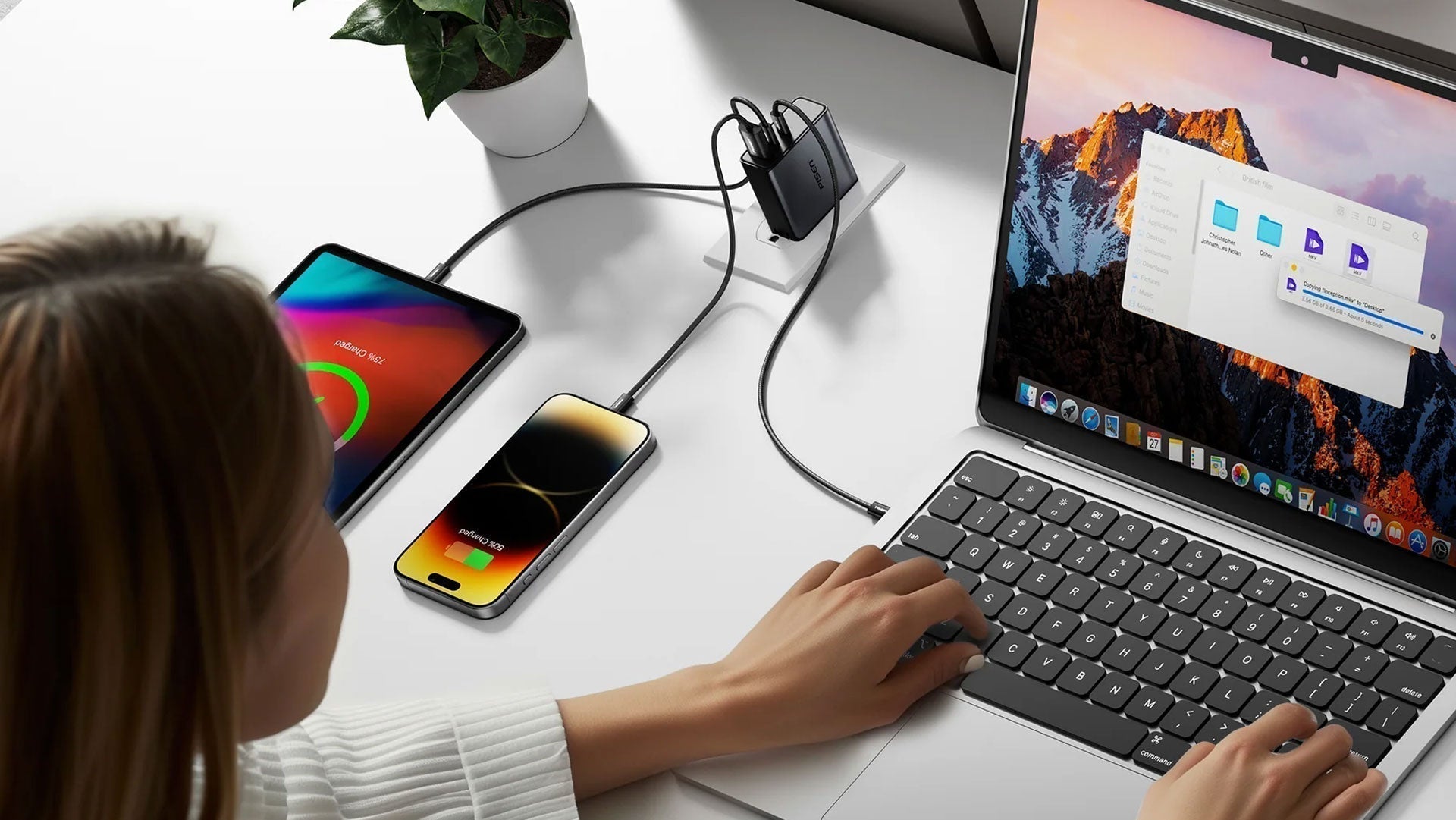
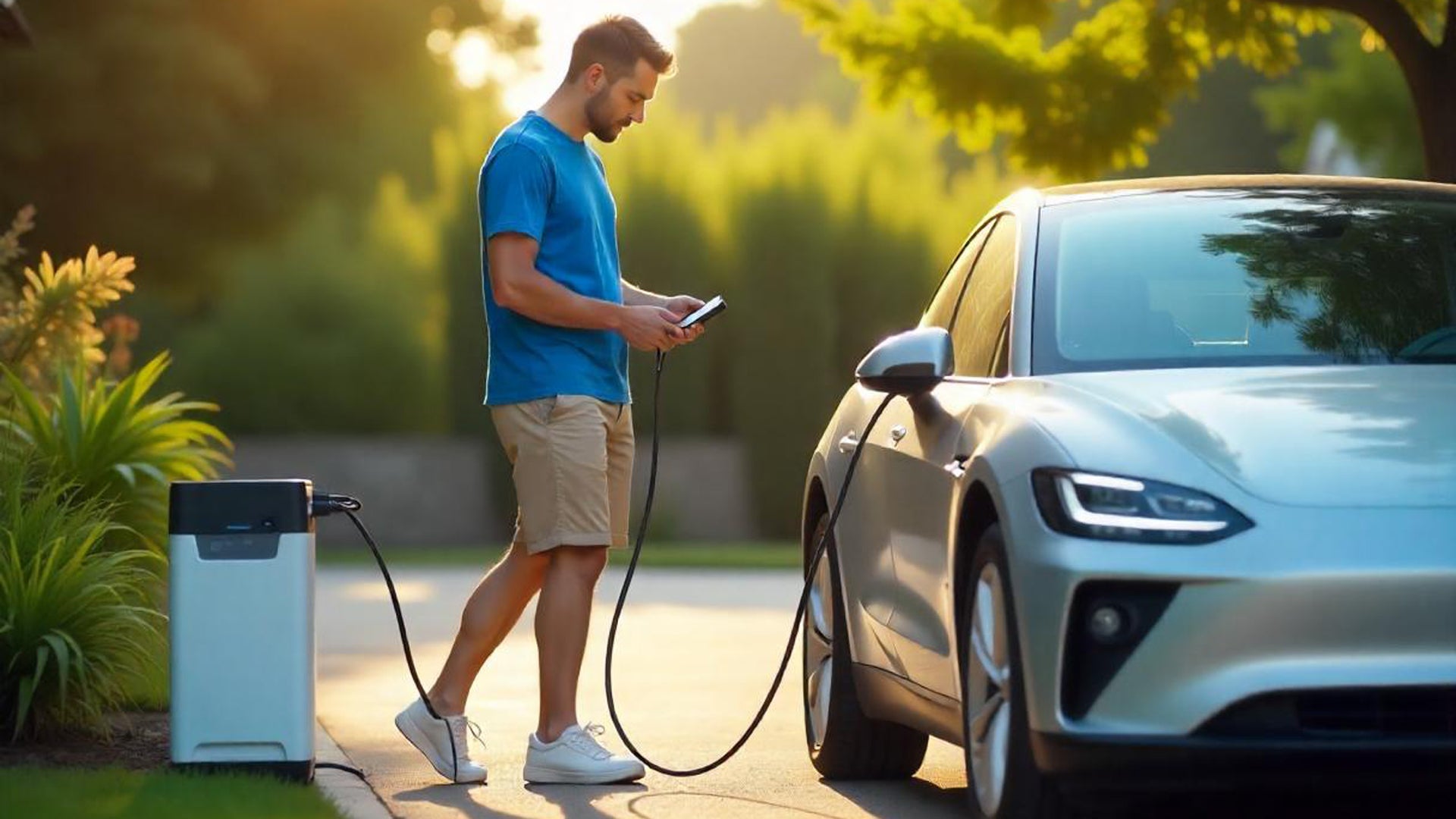
Leave a comment
This site is protected by hCaptcha and the hCaptcha Privacy Policy and Terms of Service apply.